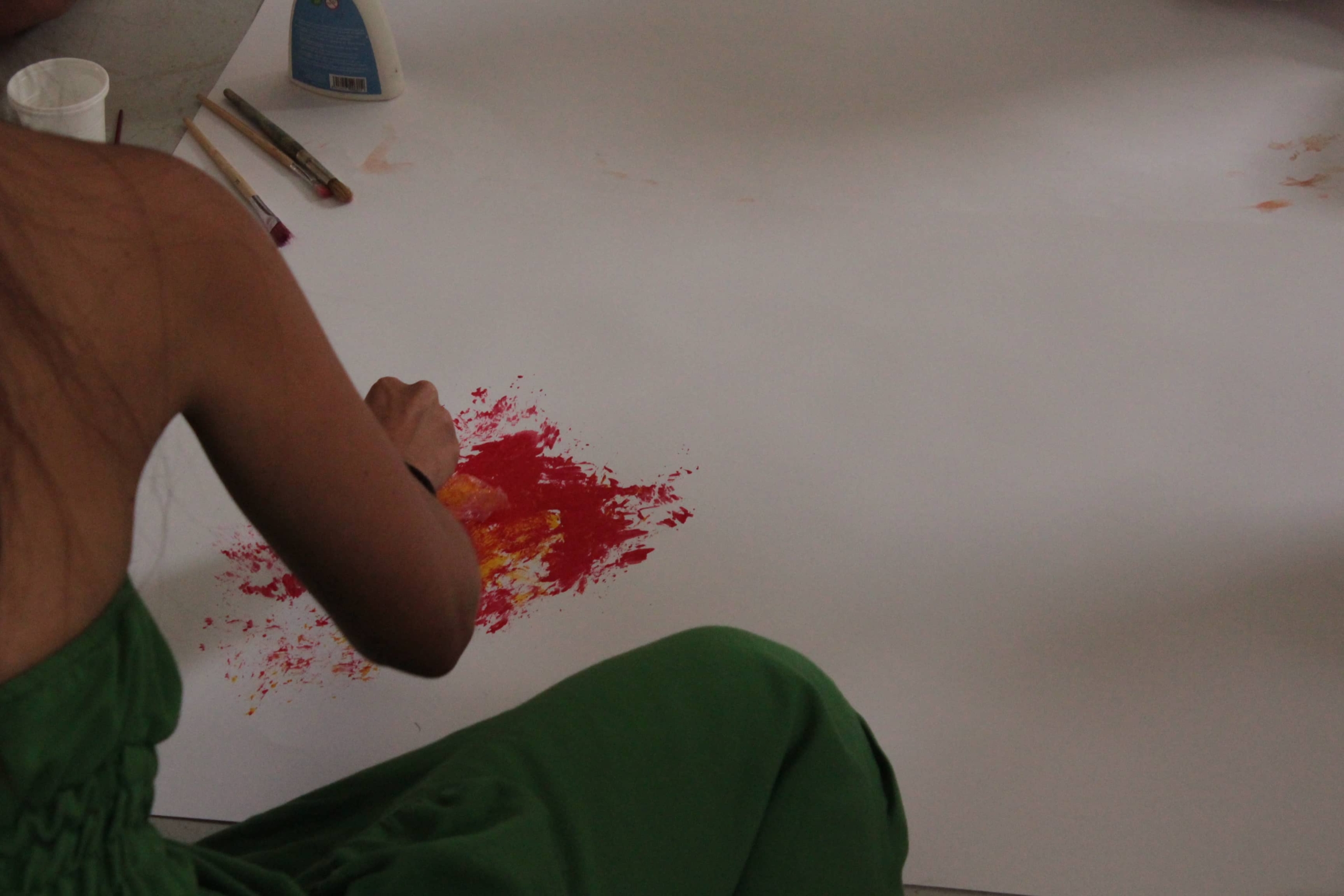Applications of art therapy in special education: School occupies a primary part in the healthy emotional development of a child and adolescent, as well as his or her integration in society. Art therapy in the school context provides an intermediate space where emotional and psychological aspects of the student which influences both their learning process as well as their behavior and self-development.
Art therapy is particularly suitable in the therapeutic work with children by using a form of communication that is more familiar or accessible than spoken language.
Art materials offer children a more tangible expression and spontaneous medium to explore your needs, emotions, fantasies, desires, conflicts, and difficulties.
In children and adolescents enrolled in special education, this alternative form of expression can be particularly valuable, since they often exist in these verbal communication difficulties.
To enrich one´s world with other channels of communication can help one to not speak through disruptive or aggressive behavior, or because they experience withdrawal and isolation.
Artistic activity allows bridges to form between the behavior and the symbolic language. Art therapy also offers a space to these children and adolescents where one can fully experiment with his or her own resources and abilities to solve problems, stimulating spontaneity, authenticity, and imagination.
This helps them gain more self-confidence in themselves and self-esteem, a particularly important achievement for children who may feel vulnerable or who feel that they do not control important aspects of their lives.
Also the development of creativity strengthens cognitive development, as creative and intellectual abilities are interrelated.
In art therapy this stimulation is conducted in a fun and non-directed way, favoring the autonomy of the child in his or her own learning process.
Material handling or the creation of a symbolic work in Art therapy facilitates the expression of disturbing emotions that are difficult to communicate directly. In disabled children this difficulty can be exacerbated by their dependency status.
The creative act channels tensions and feelings of frustration, while the object itself created contains and can reveal these difficult emotions in a non-threatening way.
The art therapist helps to support them, give them meaning, and transform them. The exploration of the emotions within the therapy then affects the life of the child or adolescent in the way of relating to others and to him or herself.
Creative work within a safe therapeutic context also allows one to experiment and set limits. The experience of limits and containment helps the child or adolescent to safely explore overflowing emotions or feelings.
In the work or the creative process these emotions, or other images or fuzzy thoughts, take shape and become controllable for him or her. This whole process inherent to the creative work impacts the development of their identity. In children and adolescents with autism or psychosis, a direct approach with the therapist can be distressing.
Art therapy, intermediated by object and art materials, helps one relate in a less threatening way. Also the exploration and manipulation of different materials stimulates the child to form a more integrated boy concept and create a world of broader meanings.
For children or adolescents with a diagnosis of a psychosis it also helps to differentiate between reality and fantasy. In conclusion, art therapy allows children and adolescents with disabilities the opportunity to feel joy and pleasure in the act of creating, feelings that they are usually denied.
It also gives them the ability to feel independent, make decisions and feel they have control over their creative process, giving them the opportunity to be active agents of their own development.
Articles are protected by copyright laws. We ask that if you use them that they are cited properly.
Authors:
Gabriela Portas, Michéle Le Pape and Heleen Leper
MAs in Art Therapy UB, lics BBAA UB, lic Psychology
LEARN ABOUT THE ART THERAPY PROJECT CARRIED OUT BY STUDENTS OF THE MASTER’S IN ART THERAPY AT THE ESCOLA REL
A therapeutic-educational school for children and young people aged 6-21 who need an adapted environment, providing individualised support that fosters autonomy and well-being in an inclusive, respectful atmosphere.
You might also be interested in reading:








